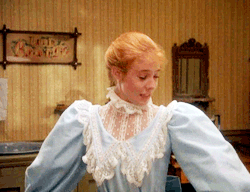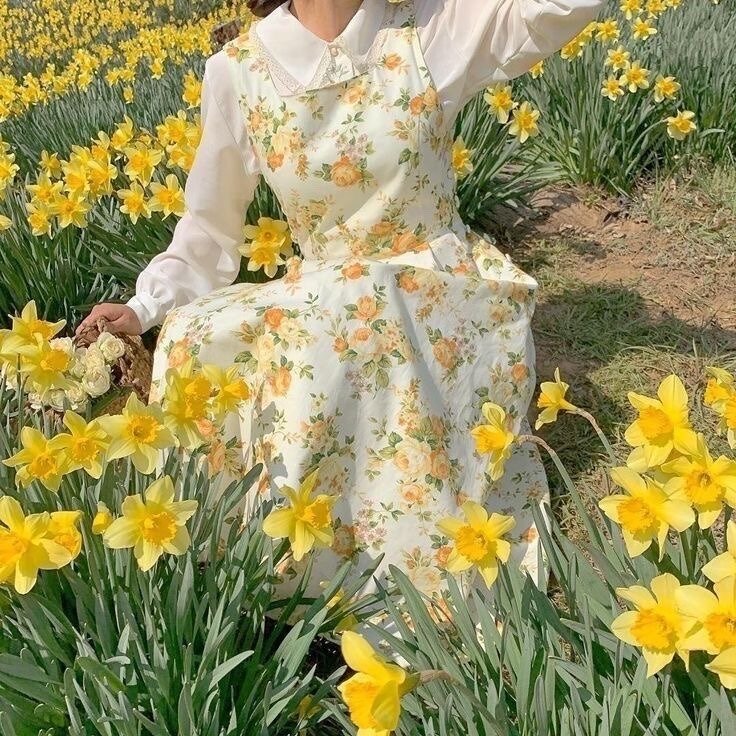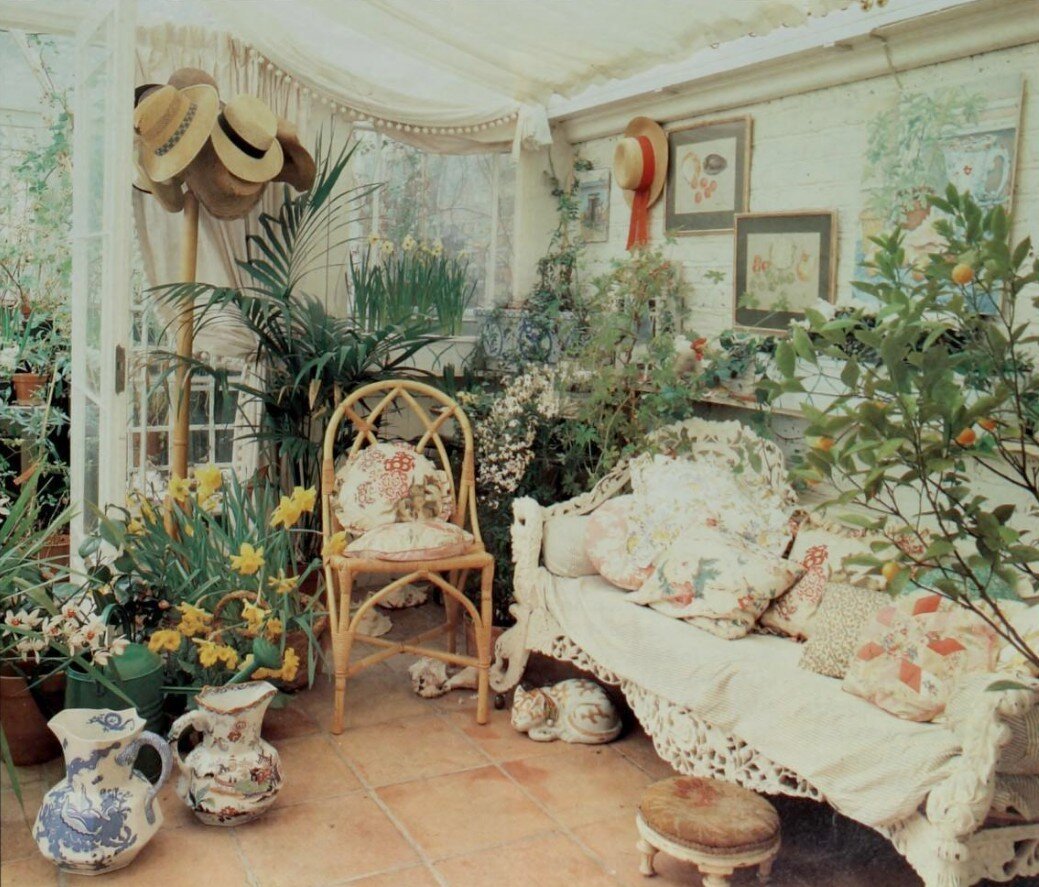from cottagecore to totaro
During 2020, we watched trends like cottagecore, grand-millenial, and wallpapergirl take hold. The trappings of these aesthetics: a return to “simpler” times, an obsession with sourdough starter, victory gardens and blousey floral dresses that accompany — these hit perfectly during a pandemic, allowing for an escape from the realities of unrest and uncertainty. *
* some resist cottagecore and associated trends due to their colonial origins, but this movement on tumblr, TikTok and other platforms has a reputation of being very inclusive to BIPOC + LGBTQ groups. As these aesthetics moved their way into DTC brands, there is a trend towards inclusion and representation.
THE RISE OF NOSTALGIA MARKETING
A focus on nostalgia in marketing (this is not new, think Pepsi and its throwback packaging) — referencing the animated characters of customers’ childhoods, for example — has audiences responding to a “recognition of the need for closer emotional connections between consumers and brands.” Katie Chitrakorn, of Vogue Business, explains.
In an article about nostalgia marketing, Mark Schaefer, notes that this technique is directed first at Millennials (and consequently all that follow) as they were the first generation to have “cable TV and fully-dedicated channels for youth-oriented cartoons, movies, nature… The Millennials who grew up in this era have an incredible abundance of media-driven emotional connections compared to any other generation.”
Great examples of these emotional ties that set the stage for trends like cottagecore and grandmillennial lie in the 1985 film series, Anne of Green Gables, where Anne’s desire for a dress with puff sleeves to wear to the winter ball is a key tear-jerking moment. Rogers & Hammerstein’s The Sound of Music lands perfectly with a family of VonTrapps in coordinated jumpers that could very well be available for purchase today.
Anne of Green Gables and her “puff sleeves”; The Sound of Music with the VonTrapp family cottagecore outfits.
PICKING UP WHERE LAURA ASHLEY LEFT OFF
Cottagecore is an aesthetic inspired by a romanticized interpretation of western agricultural life. It is centered around what you would imagine living in a cottage in the countryside would be like — gardening, greenery, floral prints, flowy dresses, and animals. Just as the saying goes, there's nothing new under the sun and in the spirit of returning to a soothing aesthetic, precursors to this trend are Liberty of London, who dressed women in their signature chintz dresses in the 1970s and Laura Ashley who created coordinated interiors and fashion for women and their daughters in the 1980s.
WHY NOSTALGIA WORKS
So it’s not surprising when looking at these data points from a birdseye view and contemplating what the landscape looks like going into 2021, it’s certain that nostalgia is at the core of what we desire. According to Frontiers, nostalgia is “a sentimental longing for the past, is a common, universal, and highly social emotional experience. Nostalgic reverie is centered around the self, important social connections, and personally meaningful life events. In other words, when people bring to mind memories that make them nostalgic, they are revisiting personally meaningful life events shared with loved ones. A growing body of research positions nostalgia as a psychological resource with self-regulatory implications. Negative affective states such as sadness, loneliness, and meaninglessness trigger nostalgia and nostalgia, in turn, enhances well-being, feelings of social connectedness, and perceptions of meaning in life.”
This is an excerpt of an article from our past issue. Subscribe to read more on:
Track the long arc of nostalgia marketing, the psychology around its effectiveness and ideas on how you and your brand can intentionally implement this strategy
Understand the connection between cartoons and luxury brands and why they’re so effective
Dive into the connection between place and brand and how you can effectively harness place in telling your brand story, developing product and designing marketing initiatives








